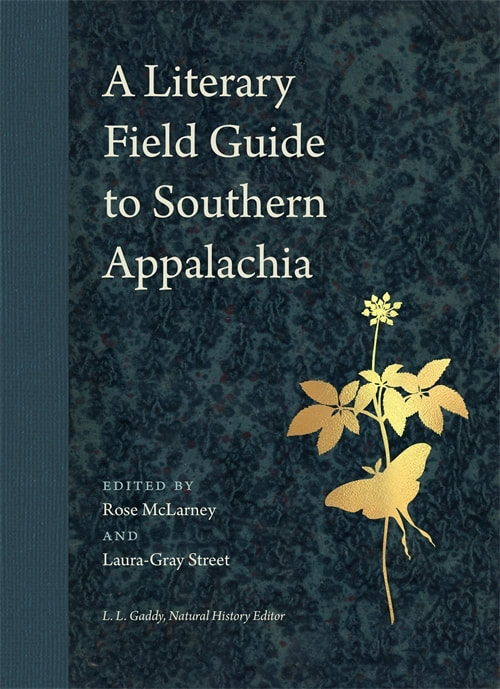|
Vertical Divider
There is no La Leche League
in the Appalachian rain forest in my heart. There is no Gap, no Eileen Fisher, no Wi-Fi, no Dollar General. But for five hundred million years at least there was enough chestnut & littleleaf sneezeweed & Carolina parakeet for everybody in the Appalachian rain forest in my heart & in actual reality plus megatons of satiny swarms of freshwater mussels the pearly shells of which make good ashtrays & southern bog lemming & woodland bison & elk—& elk—plus actual passenger pigeon & certain kinds of big-eared bats & shrews. But the freshwater mussels these days like the wild leek & the mountain alder & the piratebush are turning to an invisible blur in the old rivers of the Appalachian rain forest in my heart & in actual reality not to even mention the shrimplike crayfish they'd dare us to swallow live at 4 to prove what hillbillies we were & how much we loved the forest & everything already dead & dying in it. So of course I stood there on stage in that hunting lodge & shut my eyes to imagine the gray fox also in my heart & in reality as the fox is one of the high priests of all this listing by which I just mean the main gumption behind it mostly because she's still flourishing in her sly den with the scattered bones like a fenceline outside since she's too busy not to be messy & far too hungry not to sleep all day & hunt all night & too maternal & sneaky not to steal chickens for her pups & too curious not to stare at everything forever to discern it. The gray fox can even climb trees & is therefore also part coon & cat & I do mourn the mountain lion— I remember as a child the bobcat's call—& do I mourn never seeing a flying squirrel or a star-nosed mole or a bog turtle or a diamond darter or a spruce-fir moss spider & hate not even knowing what a hellbender is, but still I stood there on stage in that 4-H hunting lodge in my beloved Blue Ridge at the age of eight & shut my eyes to call up the gray fox hiding out in a little den in the shadow of my hillbilly heart to get the guts to open my mouth & swallow that crayfish live so I could learn I think to bide my time till I could sing this story of our unforgivable sins & try & say what a fierce little forever-thing at least our sorrow is.
|
A Literary Field Guide to
|
CURRENT ISSUE
|
CONTACT
|
DEPARTMENT OF ENGLISH
|


